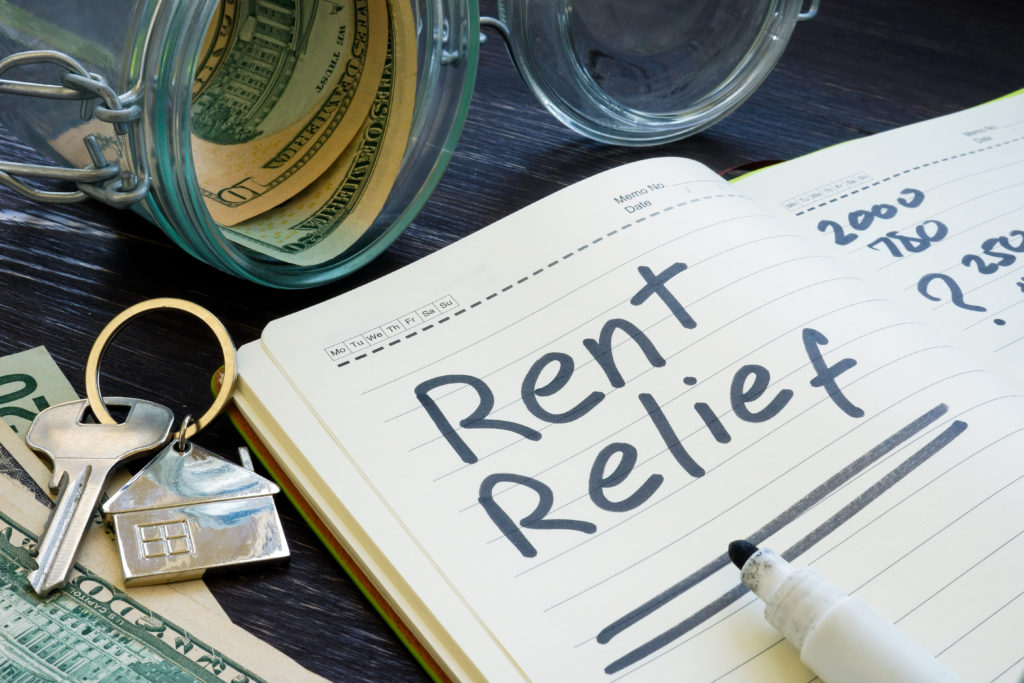The FWD #163 • 401 Words
Moratoriums and rent relief have prevented the worst, but two years into the pandemic, evictions remain a major challenge.
As the COVID-era federal eviction moratorium lapsed Summer 2021, the Biden administration urged states to enact their own renter protection programs in its place. At the time, only a handful of states had moratoriums, and many were softer policies meant to hamper the eviction process.
A recent nationwide survey shows that much remains the same today: while virtually all states have rent relief programs, only seven states have programs addressing evictions in particular. Though there are several counties in California that have instituted local eviction moratoriums, New Mexico is the only state with a statewide moratorium, which is set to lift in a few months and be replaced by the launch of a new eviction diversion program.
Here at home, Virginia led the charge in propping up the Rent Relief Program (RRP) in July 2020, and still has over $700 million dollars to disperse—about twice the amount already distributed so far to households across the Commonwealth. Despite this, challenges remain to make resources from RRP known to landlords and tenants throughout the state. Virginia’s current eviction protocol is tied to an RRP mandate, requiring landlords to first apply on their tenants’ behalf, and only enabling them to proceed with an eviction if the tenant is denied.
Other states—like Pennsylvania, Minnesota and Massachusetts—have similar policies in place, though many require a pending application for rental relief in order to prevent evictions from proceeding. Like the original CDC eviction ban, these protections all have an expiration date, leaving housing advocates anticipating a fallout that extends beyond contending with the nationwide backlog of evictions.
One such example is New York, where advocates are grappling with the future of increased housing instability. A “broader crisis looms,” where landlords may seek to substantially raise rents beyond what current tenants can pay, especially if they had previously signed leases for below-market rates during the pandemic. State lawmakers have gone as far as to introduce a “soft-cap” on rent hikes, but property owners worry it would threaten their solvency and prevent them from funding future repairs and upgrades.
No matter how national, state, and local policy shakes out this year, we think the nearly irrepressible threat from COVID-19 and its variants will continue to demonstrate the necessity of safe, stable housing for the health of our neighbors and communities.
